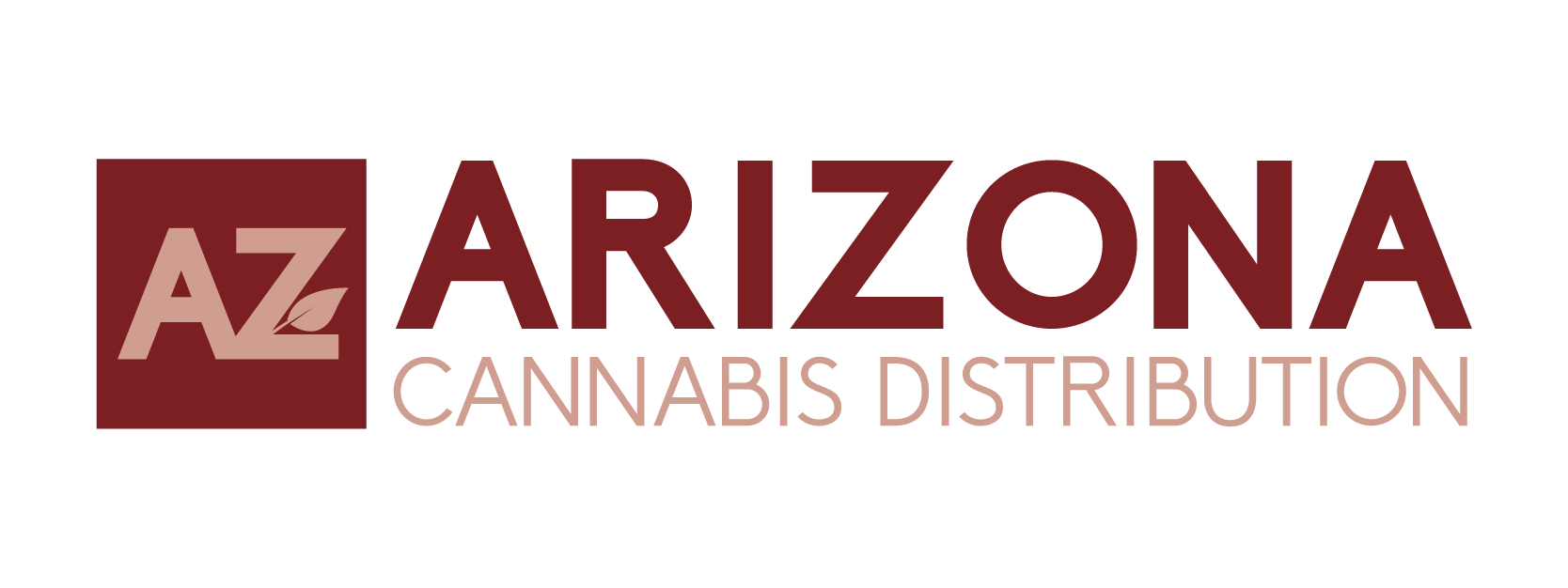The future of Arizona’s cannabis distribution market is shaping up to be one of cautious optimism, strategic innovation, and regional dominance—if current trends hold. Since adult-use cannabis was legalized in Arizona in January 2021 under Proposition 207, the state has quickly become a powerhouse in the Southwest. But as the post-legalization “green rush” levels out, many are asking: what’s next for cannabis distribution in the Grand Canyon State?
According to Headset, a leading cannabis data analytics company, Arizona ranked among the top 10 states for total cannabis sales in 2023, reaching nearly $1.4 billion. The state’s mature medical program, which predates recreational legalization by over a decade, provides a strong foundation for distribution infrastructure. That infrastructure is now evolving to meet both recreational demand and increasing expectations for operational efficiency and consumer experience.
Forecasts from New Frontier Data anticipate that Arizona’s total legal cannabis sales will continue modest growth, estimating sales will surpass $1.5 billion by 2026. This steady incline supports further development of advanced distribution networks, including automated warehousing, GPS-tracked delivery fleets, and vertically integrated logistics models.
However, growth in the distribution sector won’t be without challenges. With consolidation sweeping across the cannabis industry nationally, Arizona is beginning to see its own share of mergers and acquisitions, leading to fewer—but larger—players dominating the supply chain. This trend raises questions about market accessibility for small to mid-size distributors and cultivators.
Yet opportunities remain. “Arizona’s geography is ideal for regional cannabis distribution hubs,” said Emily Houghton, logistics strategist at GreenHaus Supply. “Its proximity to California, Nevada, New Mexico, and Texas positions Arizona as a potential Southwest transit gateway—if federal reform allows interstate commerce.”
Regulatory constraints remain a limiting factor. Under Arizona law, licensed dispensaries must manage their own transportation or contract with a licensed third-party authorized by the state’s Department of Health Services. These rules have created a largely vertically integrated environment, with many major operators controlling cultivation, processing, retail, and delivery—streamlining distribution but limiting diversity in service providers.
Still, technology is expected to drive the next phase of growth. Companies like Dutchie and BioTrack are expanding their inventory management and real-time tracking solutions in Arizona to help businesses remain compliant and efficient. Cold-chain logistics for edibles and concentrates are also becoming a hot topic, as consumer expectations rise.
Another future-facing aspect is sustainability. As Arizona continues to face climate-related pressures, more operators are investing in green logistics—such as electric delivery vehicles, sustainable packaging, and water-conscious cultivation practices—which will inevitably influence distribution standards.
The Arizona cannabis distribution market appears poised for slow but steady expansion, driven by regional advantage, tech-forward innovation, and operational adaptation. While federal uncertainty still casts a long shadow, industry leaders remain bullish. If Arizona continues to play its cards right, it could evolve from a state market into a regional logistics leader in the coming years.
